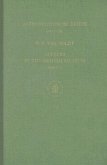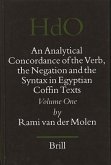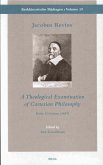The emblem is one of the most remarkable literary inventions of Renaissance humanism. The symbolic imagery presented in these Neo-Latin emblem books constituted an important influence on many areas in early modern literature and art. This volume provides the first comprehensive study of Sambucus' influential "Emblemata (first published by Christopher Plantin, Antwerp, 1564). It reconstructs the cultural-historical contexts in which it was produced, thus reconsidering the social and commercial functions of the humanist emblem. Accompanied by a detailed analysis of individual emblems, it takes into account the emblems' classical intertextuality and the relationship between word and image. This study shows how the emblematic practice can differ from contemporary symbol and emblem theories, which have often coloured modern interpretations of the genre.







